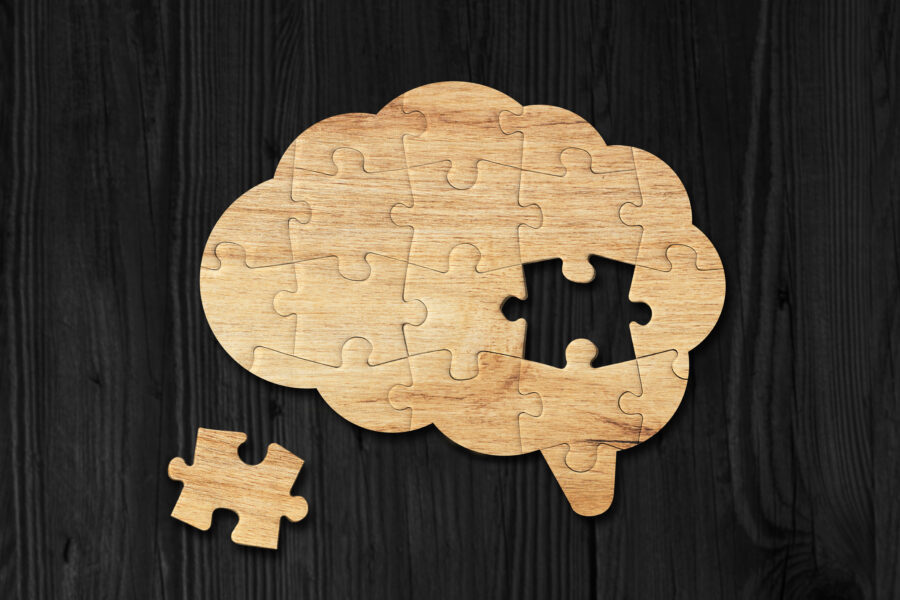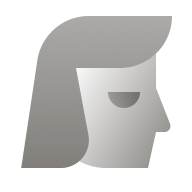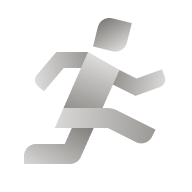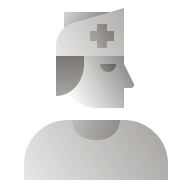Common Signs & Symptoms of our Patients
Are they related to vision, vestibular or both?

Visual problems
Sensitivity to visual motion
e.g. busy grocery store or mall, crowds, screen scrolling, windshield wipers, traffic flow, cinematographic panning, or TV action scenes
Sensitivity to static visual patterns
e.g. black and white checkerboard tiling, certain carpet designs, striped clothing, or high contrast wall art
Blurred vision
Double vision
Difficulty tracking objects with eyes or head
Visual instability
e.g. words appears to move on page while reading; frequent loss of place while reading
Headaches, eye strain, or eye pain
Reduced reading comprehension, memory, or speed
Reduced depth perception or distorted spatial perception
e.g. including struggles to judge speed of oncoming vehicles, or difficulty viewing surroundings at height
Reduced peripheral awareness or tunnel vision
Difficulty maintaining visual attention and easily distracted by background stimulation
Visual disturbances
e.g. visual snow/static; delayed after-images; seeing spots, lights, objects, or motion that is not actually present
Light sensitivity
especially to artificial lighting, electronic screen illumination, or car headlights at night
Abnormal blinking or eye closing behaviour
e.g. excessive or uncontrollable blinking, tendency to close one or both eyes, or reduced blink rate
Balance and vestibular problems
Disequilibria
sensation of being unstable, wobbly, off-balance, unsteady, “like on a boat”, or not feeling “grounded”
Dizziness
experiencing various sensations of spatial disorientation, instability, unsteadiness, spinning, or lightheadedness
Vertigo
a specific type of dizziness characterized by an illusion of movement or spinning; either of oneself or the surrounding environment when there is no actual movement occurring
Nausea
including burping or vomiting
Vehicular motion sickness
often associated with the need to sit in front seat, close eyes, look down at floor or straight ahead at horizon
symptoms made worse in stop-and-go or heavy traffic, winding roads or long journeys
driving yourself can provide more control and often reduces symptoms
Poor balance
e.g. sways to one side when walking; difficulty walking on uneven or sloped surfaces, including stairs
Clumsiness or poor co-ordination
e.g. bumping into objects
Disorientation
a state of feeling lost
Depersonalization
e.g. feeling physically detached from body, or body part feels like it’s in a position that it is not physically in
Postural distortions
Neck pain or stiffness
Reduced range of motion
Chronic body pain
e.g. sore or painful neck, shoulders, back, hips, legs, feet and jaw (including TMJ)
New head turn or tilt
intermittent or constant
Auditory processing difficulties
Central auditory processing disorder (CAPD)
Inability to filter out background noise
e.g. difficulty distinguishing speech in a complex listening environment where multiple sounds are present
Noise sensitivity
Tinnitus
ear ringing
Altered mental function
Reduced cognition, memory, comprehension, or multi-tasking ability
Reduced verbal expression
difficulty saying word that is in head, or stuttering
Brain fog
Excessive fatigue
Sleep difficulties
e.g. trouble falling asleep, staying asleep or waking up exhausted
Anxiety
Emotional instability
Depression
Avoidance of social settings
Exacerbating factors may include
Excessive eye and/or head movements
Prolonged near visual activity
e.g. reading, computer, hobbying
Exposure to excessive sensory stimulation
e.g. too much visual or auditory
Repetitive changes in velocity
e.g. experienced during dynamic physical activity or travelling in a vehicle
Fatigue or lack of sleep
Increased cognitive or multi-tasking demand
Exposure to other stressors
e.g. physical, environmental, financial, health, mental or emotional
For a greater understanding of what we do from the personal experiences of our patients follow the link below:



